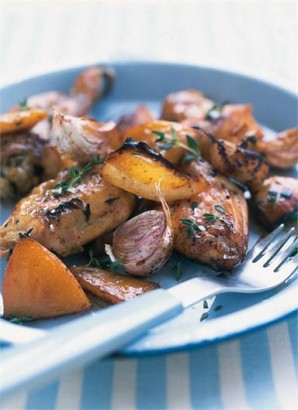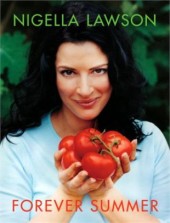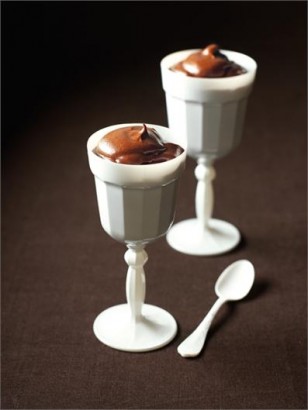 By Chef Jason Cobb
By Chef Jason Cobb
It’s kind of sad, really.
It seems no one knows how to cook anymore. Those of us who are part of the Generation X, remember growing up in our parents and grandparents kitchens. We were either tuaght to cook directy by our family, watched and hoped to learn, or have orginal copies of recipes we hold dear.
When my grandmother passed away several years in Westminster, I only asked for one thing from the estate - her hand-written recipes she had collected over a lifetime of cooking for her family. My grandmother was an incredible cook. I am sure she learned from her mother, who learned from her mother. I wish this kind of generational goodness was still being passed down!
If you remember the movie “The Sound of Music,” you should remember the song “My Favorite Things.” My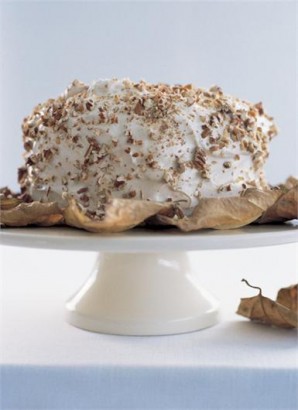 favorite thing my grandmother cooked was her homemade pound cake. It was incredible, made with lots of butter, sugar and eggs - the ingredients which make it so good.Traditionally, the pound cake has included a pound of butter, a pound of sugar, a pound of flour and a pound of eggs. But it has evolved over the years to include flavorings, milk, baking soda or power and a number of other custom ingredients.
favorite thing my grandmother cooked was her homemade pound cake. It was incredible, made with lots of butter, sugar and eggs - the ingredients which make it so good.Traditionally, the pound cake has included a pound of butter, a pound of sugar, a pound of flour and a pound of eggs. But it has evolved over the years to include flavorings, milk, baking soda or power and a number of other custom ingredients.
My grandmother used a number of different flavorings from Superior Flavorings, a company in Charlotte which was sold locally in the “Dixie Store.” Since the closing of Winn Dixie, these flavorings can be difficult to find.One source selling the Superior Flavorings on line can be found here. Any of these flavorings can be used in this pound cake or in any number of other recipes. But whatever you use, the following recipe will result in the best pound cake you have ever tasted.
Grandma’s Pound Cake
2.5 cups All Purpose Flour
.5 tsp Iodized Salt
1.5 tsp Baking Powder
1 pound Unsalted Butter
3 cups Granulated Sugar
6 eggs (room temperature)
1.5 tbs Flavoring (Vanilla or if you can find them one of the Superior varieties)
1, 12 oz can Evaporated Milk
Cooking the Cake
- Preheat oven to 325° F. Prepare either a large tube pan or two loaf pans by buttering, flouring and lining with parchment paper
- Sift together flour, salt and baking powder
- Cream butter, sugar together until light and fluffy
- Add eggs, one at a time, and beat for 30 seconds between each egg at medium high mixer speed
- Add extract and beat again until well incorporated
- Alternately add the flour mixture and the evaporated milk until just incorporated
- Pour into the prepared pan(s) and bake for 40 to 55 minutes until a toothpick inserted in the center comes out clean
The Glaze
Combine the juice of one lemon, one-half cup or sugar and one cup half&half in a quart saucepan. Bring mixture to a boil and cook for 30 seconds. Any flavoring, about 2 tsp, can be added at this point if you wish. Pour mixture over warm pound cake and allow to cool.
Anderson's own Chef Jason Cobb. Cobb is a graduate and Culinary Fellow of the prestigious Johnson & Wales University. Chef Cobb is also available for catering at 864.367.6047
 Monday, June 24, 2013 at 11:35PM
Monday, June 24, 2013 at 11:35PM 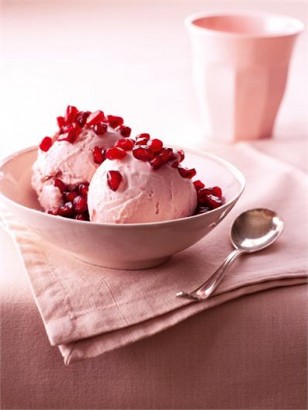 the effort is upfront and early. The thing about this recipe is that you do it in advance - it's ice cream, so that stands to reason - but what you do in advance is negligible in terms of effort. You don't make a custard, and you don't have to keep whipping it out of the deep freeze to beat the crystals. No, you simply squeeze and stir.
the effort is upfront and early. The thing about this recipe is that you do it in advance - it's ice cream, so that stands to reason - but what you do in advance is negligible in terms of effort. You don't make a custard, and you don't have to keep whipping it out of the deep freeze to beat the crystals. No, you simply squeeze and stir. Editor | Comments Off |
Editor | Comments Off | 



